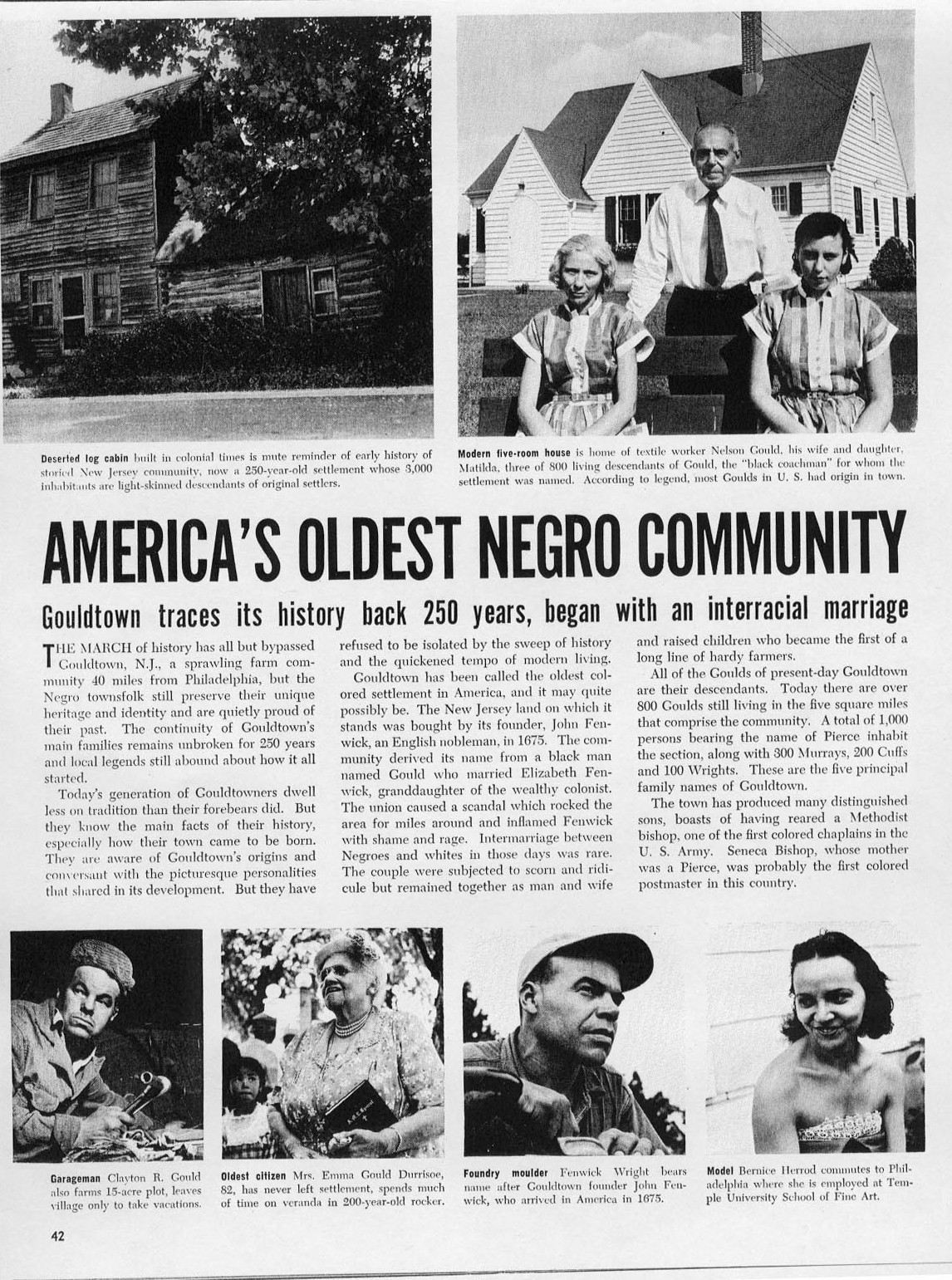What Makes you Black?
Ebony Magazine
Volume 38, Number 3 (January 1983)
pages 115-118
Vague definition of race is the basis for court battles
Imagine going to get a passport so you and your spouse can take a vacation in South America. Its all a formality, you reason; people just want to make sure you’re who and what you say you are. You fill out the form and, to your bewilderment, a clerk tells you she can’t give you the passport because you’re of a different race than what you claim to be.
It happened to 48-year-old Susie Guillory Phipps, who lives in Sulphur, La. She had been thinking all along that she was White, but her birth certificate indicated she was “Colored.”
“I was sick,” she later told reporters. “I couldn’t believe it.” She said she went home crying and told her husband she didn’t want to take the trip. It was the beginning of a 5-year court battle to get the State of Louisiana to change her birth certificate and the certificates of her six brothers and sisters. She also wants the states racial classification law declared unconstitutional. The law, approved by the Louisiana legislature in 1970, states that a person is Black if he or she has “1/32 Negro blood.” Louisiana is the only state with a race classification law.
So far, Mrs. Phipps has spent some $20,000 to change her racial status to White. A genealogist hired by the state has concluded she is 3/32 Black.
Mrs. Phipps’ case (Susie Smith vs. the State of Louisiana), which might be decided very soon, is the latest of a number of similar cases that have occurred over the years. A celebrated case developed during the 1920s when Leonard Kip Rhinelander failed to get an annulment of his marriage to Alice Jones, who admitted to having “some Negro blood.” Rhinelander, the son of millionaire society leader Philip Rhinelander, contended his wife deceived him about her race before their marriage. In a later case, Ralph Dupas, a prizefighter who fought and lost to Sugar Ray Robinson in 1963, was barred from fighting Whites in Louisiana in the late 1950s when word surfaced that he was Black. (Louisiana at that time didn’t allow interracial athletics). He failed in his bid to prove he was White. Earlier, another Louisiana prizefighter, Bernard Docusen, wasn’t allowed to fight Whites in Louisiana because of reports that his mother was Black. He was later recognized as White when it was discovered his mother was White.
Just what does make a person Black? The fundamental problem here, according to experts interviewed for and cited in this article, is that there is no generally accepted scientific definition of race. Another related problem is the inconsistency in the classification of people in the three traditional racial groupings — Negroid, Caucasoid and Mongoloid. In current practice, Black genes define and dominate White genes. One Black ancestor, for example, makes an Anglo-Saxon or a Chinese person “Black.” But, for some strange reason, the rule doesn’t work the other way, and one Chinese or Anglo-Saxon ancestor doesn’t make a Black person Chinese or Anglo-Saxon. And it is interesting to note that if the “one-Black” rule were applied to the other races, the racial composition of the United States would change markedly. Dr. Munro Edmonson, a professor of anthropology at Tulane University, says the average American White person has five percent traceable Black genes and the average American Black person has 25 percent traceable White genes…
Read the entire article here.

